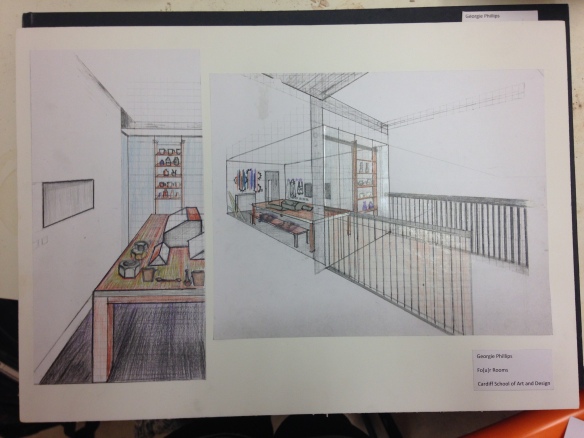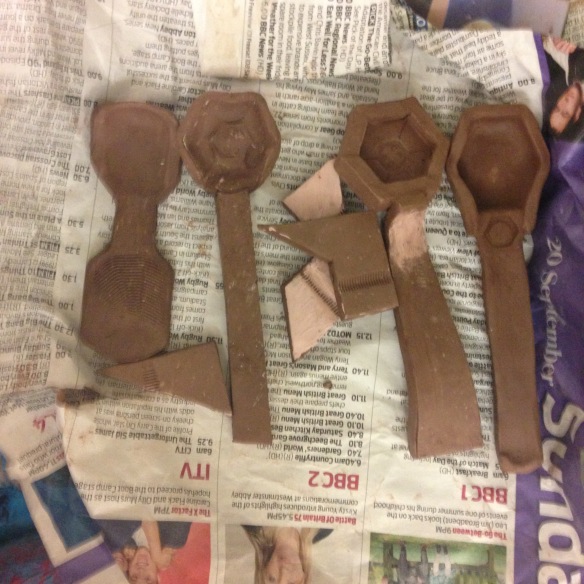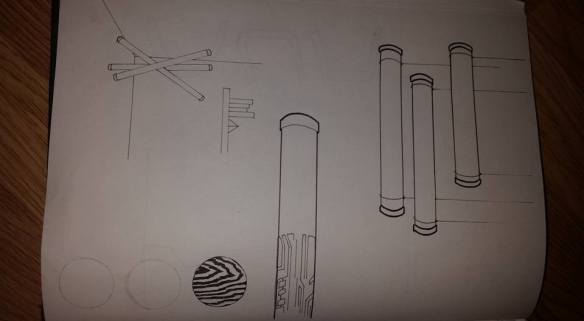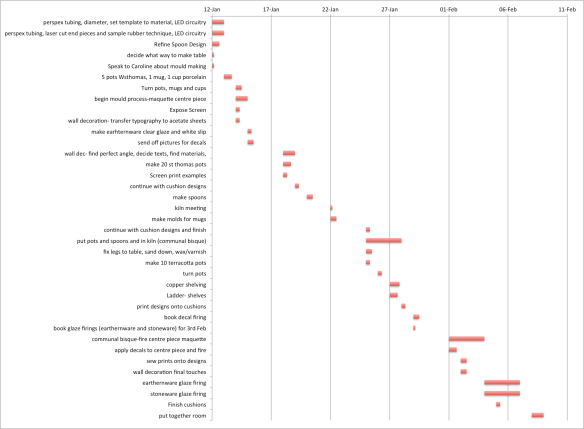One of the people working at the Stradling gallery brought to light about “the whole dilemma about makers, they make things which are tactile. I think when a maker makes something most of the time they’re not thinking well maybe it’s going to be on a shelf and never be touched again.”
It’s very important that my objects are picked up and handled. I want people to feel an emotion. Even if they don’t like it!
My next step from simply responding to the materiality of clay and its capacity to record the activity of sitting etc was to appy actions of resting to thrown forms. This of course lends a more thought out and skilled approach to the concept; as I haven’t just recorded an action in clay straight out of the bag or that’s been rolled out; I’ve made an object with a particular shape to be misshaped through an act of resting.
It’s then this mishap of the pot, which I want to incorporate in the handling of the pot. So if I made a dent in a vessel through a particular action; where pressure pushed against the clay would have pushed another part of the pot out. This would be where people pick up the pot.
I want to govern where the pot is misshaped and to what angle; so it can be used as a mug. This leads to me researching the ergonomics of a mug/ cup. So my idea has evolved from chair to comfort to mug. I believe this is a circle more than anything though, as when one drinks a warm drink they normally do so sitting down. It’s that notion of one sitting in a chair, in the gallery, admiring the Ken Stradling collection, whilst drinking a cup of tea.
So I need to spend more time on the wheel; and explore more textures to accentuate the areas of pressure applied to my pot. I want to explore warmth. For example the heat distribution when one sits on a chair and gets up off it. Another person would sit down on it and it will still be warm- in some parts. Maybe I could create pots with varying thickness; the heat transfer is different depending on where one holds the mug.

This is a photograph from my instagram, of a porcelain jug I’ve made. See how where I have pinched in has made a pourer and an area for one to hold the jug.































